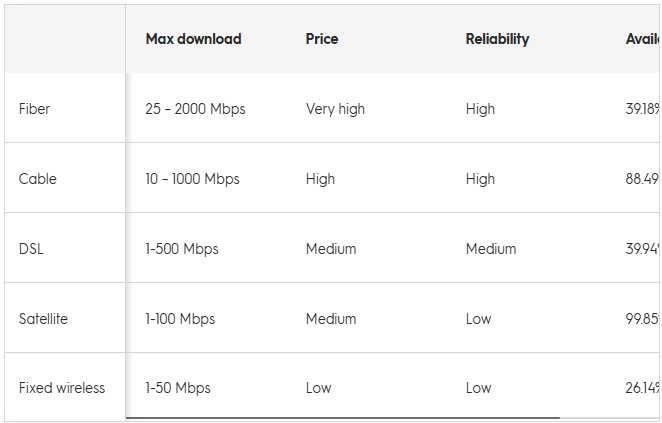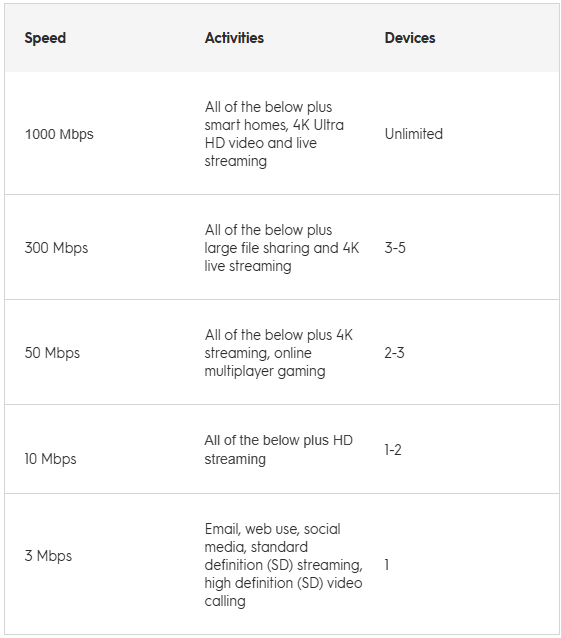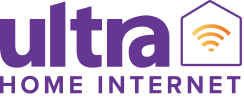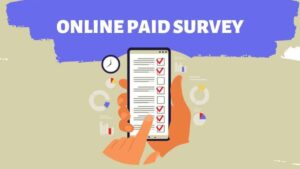Internet Service Provider: What Is It?
Internet service providers, sometimes referred to as broadband providers or ISPs, are businesses that offer customers internet access and associated services. BroadbandNow, a website that keeps an up-to-date listing of internet service providers, reports that there are currently over 2,800 ISPs operating in the United States. These businesses range from thousands of smaller, local providers (or subsidiaries of larger providers) to a few major, national ISPs.
Internet Marketing
What Kinds of Internet Service Providers Are There?
Broadband internet infrastructure comes in roughly five varieties, each with unique benefits and drawbacks. Your local location and the internet service providers that serve it will determine the kind of broadband that is available to you.
Approximately two out of five Americans now have access to high-speed fiber broadband, according to the Federal Communications Commission (FCC). In some places, the only options are DSL or cable (which can also achieve extremely fast speeds), or satellite and sometimes fixed wireless in select rural areas. The underlying workings of each sort of broadband technology are explained on this page of the FCC website, if you’re interested.
Below is a summary of the many kinds of broadband infrastructure, including their speeds, dependability, pricing, and availability (one or more providers; the FCC last updated this list in June 2019):

How Fast Should I Download?
ISPs use boasting about their download speeds as one tactic to try to attract new users. Faster internet connections are preferable to slower ones, but they are more expensive, and you can wind up paying more than you need. Paying the highest fee for a superfast 1-gig (940-1000 Mbps) connection can make sense if you have a “smart household” with many linked gadgets. However, you can get by with a different plan if your needs aren’t so complex.
This is a general guide to suggested download speeds.

It’s important to consider upload speeds while comparing internet service providers! Many ISPs neglect to disclose this, despite the fact that it is crucial in the modern world of remote work. 700 kbps is sufficient for one-on-one standard definition video calls on a video conference or screen sharing tool like Zoom, but 1 Mbps is required for group HD video calls and 3.5–4 Mbps for 1080p HD video calls.
All you need is a simple connection to upload videos to websites like YouTube and Switch. However, you should look for an internet subscription with at least 10–25 Mbps upload speeds if you stream live or upload videos frequently and don’t want to wait for hours.
What Should the Price of an ISP Be?
Speed, extra features, and—possibly most importantly—the quantity of providers in your area all affect how much an ISP costs. Internet access may be less expensive for residents of large cities with numerous providers than for residents of smaller communities where fewer ISPs make the infrastructure investment.
According to a survey of leading ISPs, you should budget between $25 and $35 per month plus taxes for download speeds up to 25 Mbps, $30 to 40 for speeds up to 100 Mbps, and $50 to 80 for speeds up to 940 Mbps (bundled as a 1 GB plan). When evaluating several ISPs, keep in mind that many of them charge for equipment, so keep that in mind.
What Other Qualities Should I Consider When Evaluating ISPs?
While speed is crucial, it is not the only factor. When evaluating internet plans, keep an eye out for the following additional features.
bundles. Numerous telecom providers combine phone, cable, and internet into a single bundle. Combining your internet connection with other offerings may result in cost savings and simplify your bills. But be care not to commit to unnecessary stuff, like a telephone you might never use initial offers.
ISPs use lower rates for the first 12 months as one tactic to attract new clients. This is yet another excellent method of saving money, but remember to remind yourself to do another price comparison at the end of the year.
Extra features. Common features provided by ISPs include hotspot networks for utilizing the internet when you’re not at home, mobile apps for operating your Wi-Fi remotely, and antivirus protection from a third-party supplier like McAfee. Be cautious to read the tiny language because these are frequently, but not always, included in the plan.
customer support. As with any service, it’s critical to confirm that the ISP you’re using provides excellent customer service. Read as many client evaluations as possible before deciding on a supplier to see if they fulfill their promises.
local speeds. ISPs often promise you a specific download speed, but is it achievable in your location? Ask your neighbors about their ISP’s performance and compare speeds using the FCC search tool we discussed previously.
In conclusion
When omitting satellite firms, which are available to almost everyone, the FCC reports that 70.9% of Americans have access to two or more internet service providers, while 99.9% of Americans currently have access to two or more providers. Choice exists where competition exists. Remember to thoroughly evaluate your alternatives and select the one that best fits your needs before deciding which ISP to join up with.




















